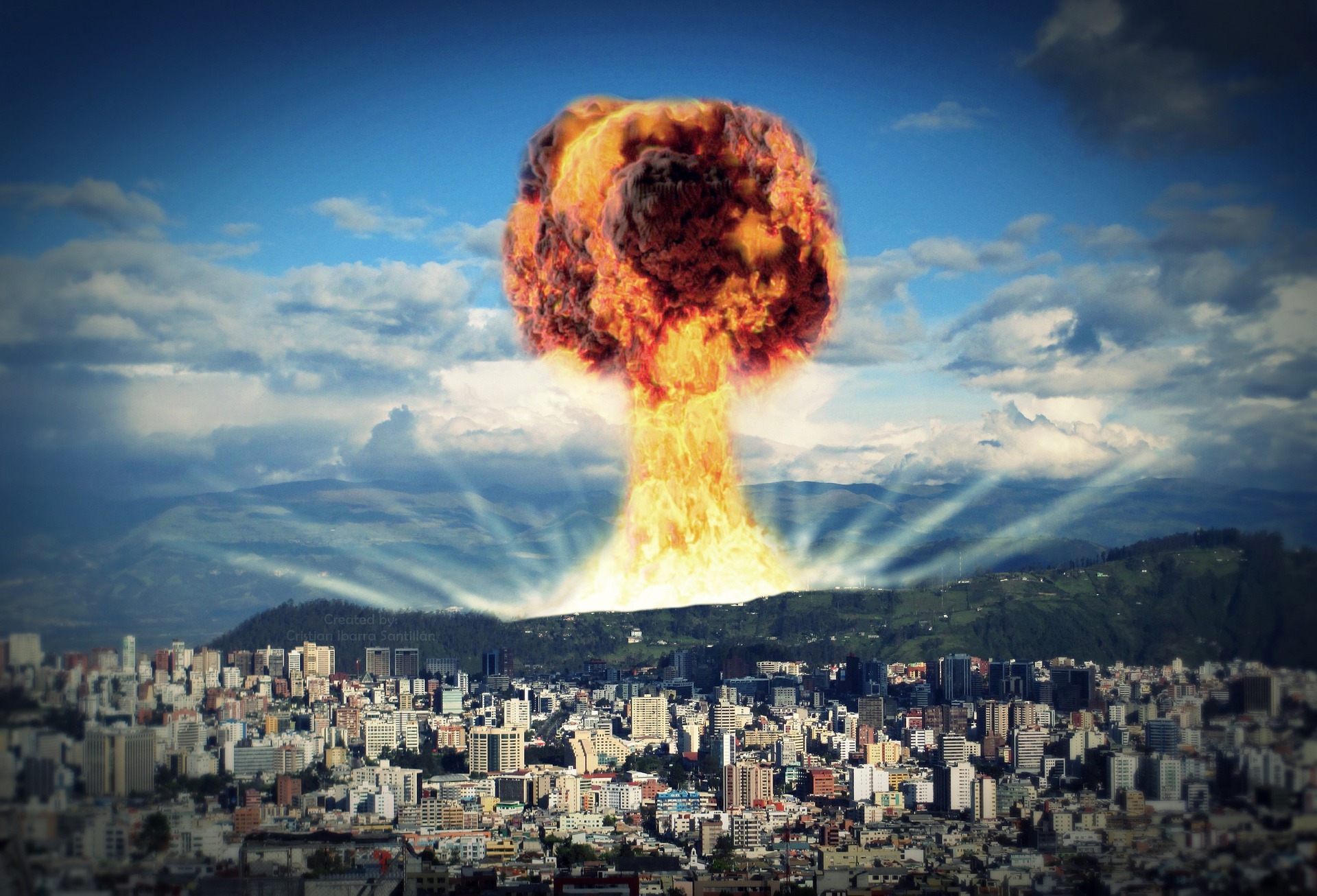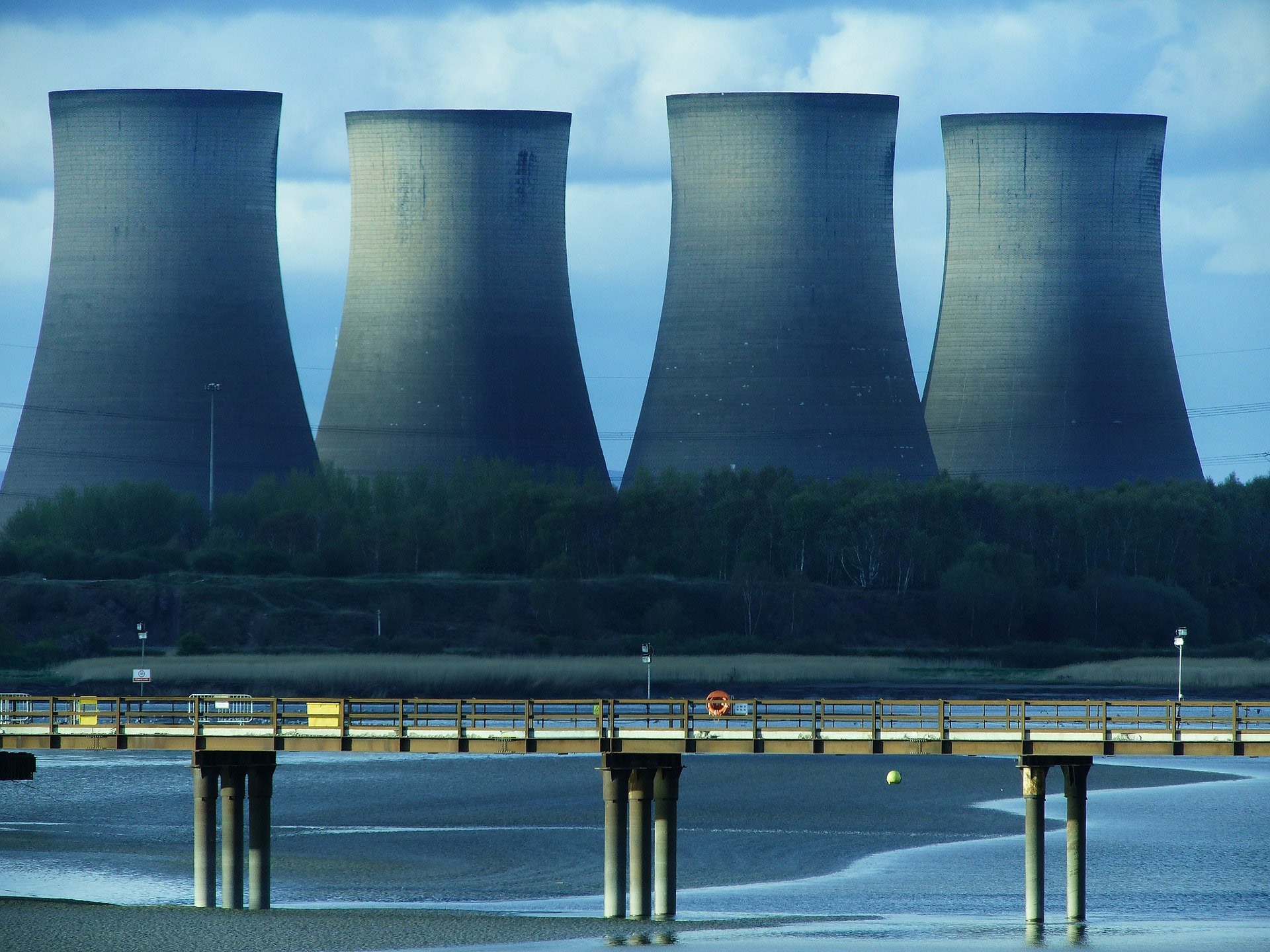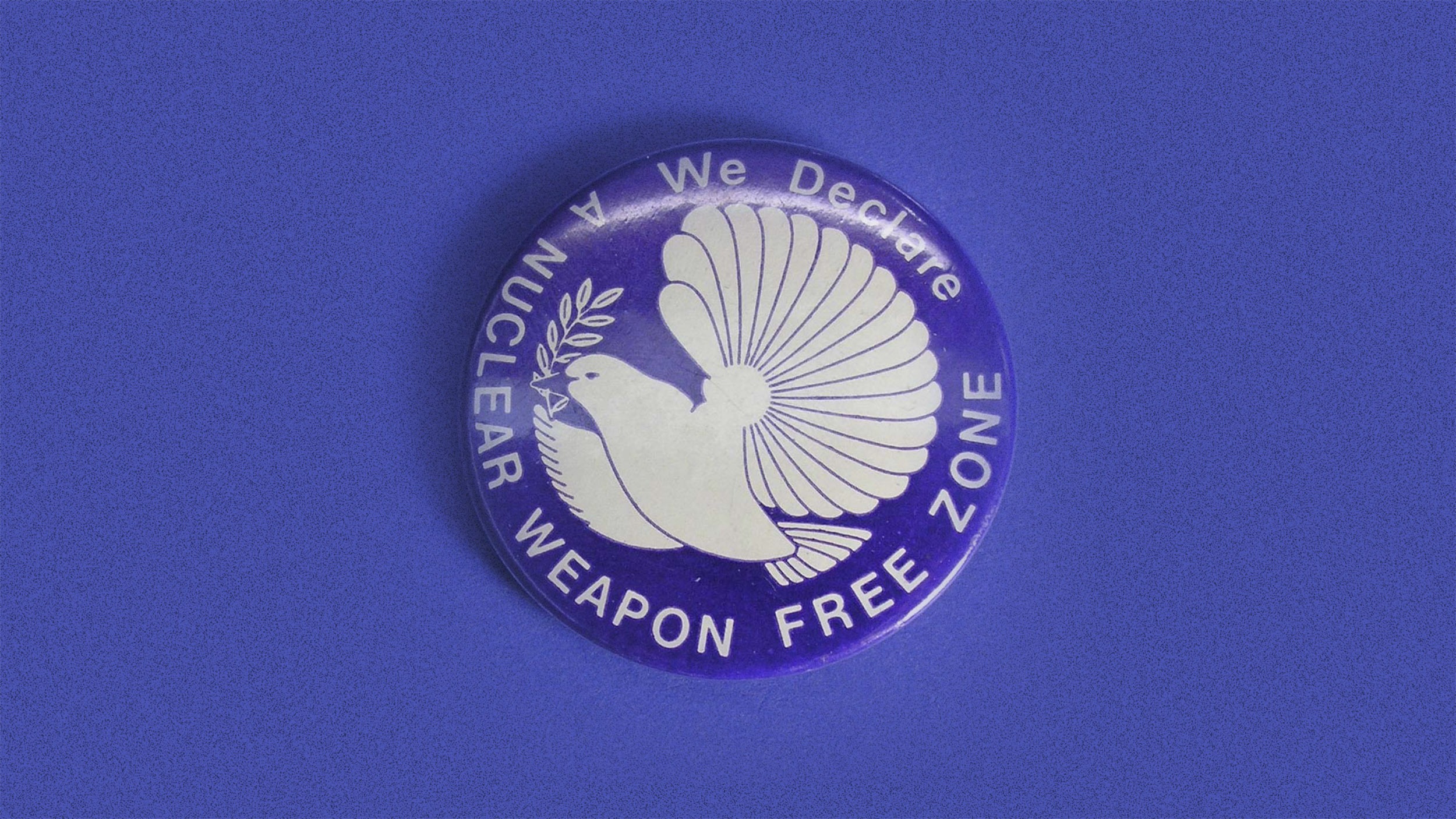The Southeast Asia Nuclear-Weapon-Free Zone: A US Perspective on the Treaty and Its Future
APLN Policy Brief 33
The following is a summary. Click on the adjacent link to download the full brief.
Prior to 2017, prospects seemed positive for the five nuclear weapon states to sign onto the protocol for the Southeast Asia Nuclear-Weapon-Free Zone treaty. While this would have marked a positive step for regional security, recent political changes in the United States may now be the biggest obstacle regarding the SEANWFZ protocol. Until the United States reaffirms or changes its policy regarding SEANWFZ, the international community will have a number of indicators to help gauge its prospects. As the situation evolves, the SEANWFZ states should continue to push for all five nuclear weapon states to sign the protocol together. At the same time, its parties can pursue numerous options to extend the moral authority the treaty lends them and promote additional methods of reducing nuclear risks, including by supporting creative arms control and non-proliferation measures.
Christine Parthemore is a consultant and adjunct professor at Johns Hopkins University, covering issues in countering weapons of mass destruction, arms control and disarmament, energy, and the security implications of climate change. She was previously a Council on Foreign Relations International Affairs Fellow in Japan researching civil nuclear cooperation. She was the senior adviser to the assistant secretary of defence for nuclear, chemical, and biological defence programs from 2011 to 2015, and has worked in several think tanks. The views expressed in this article are those of the authors and do not represent the official policy or position of the Department of Defense or the US government.
Image: Pixabay stock, Thuận Tiện Nguyễn.




